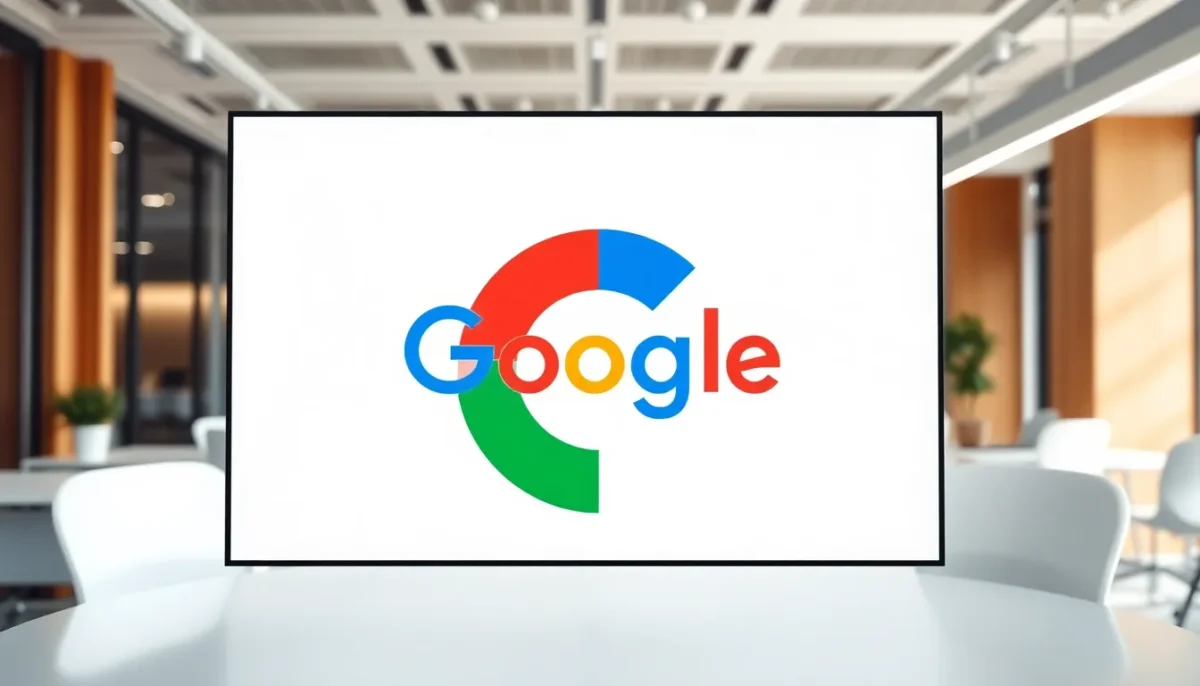Have you ever found yourself in a creative pickle, needing that perfect Google logo in PNG format with a transparent background? You’re not alone. Whether it’s for a stylish presentation or that eye-catching website design, having the right logo can make or break your project. But before you immerse, let’s unravel the mysteries surrounding PNG files and why they hold the key to your design needs. Spoiler alert: it might even involve a bit of magic – well, sort of.
google logo png transparent

A PNG file, short for Portable Network Graphics, is a popular raster image format that supports lossless data compression. Unlike its JPEG counterparts, which sacrifice some quality for smaller file sizes, PNG retains image clarity even after compression. This makes it ideal for graphics that incorporate text, logos, or intricate designs.
So, why is it a go-to choice for designers? PNG files also support transparency. This means you can have an image without a background, allowing for seamless integration into various media, think websites, apps, or printed material. Whether it’s laying a Google logo effortlessly over a vibrant backdrop or creating clean slides, the versatility is remarkable. Plus, with scaling capabilities, PNG graphics look sharp and crisp on any screen. The next time you’re designing, consider using a PNG for its clarity and flexibility.
Benefits of Transparent Backgrounds
Using PNG files with transparent backgrounds has revolutionized the design world. Here are a few benefits:
- Flexibility in Design: Transparent backgrounds allow for easier layering of images. You can place a logo over different colored backgrounds without worrying about ugly white boxes ruining the aesthetic.
- Cleaner Aesthetics: Without a background, the Google logo can look much sharper and more professional in your designs. This cleanliness translates to a polished look in presentations or marketing materials.
- Consistent Branding: For businesses, using the logo consistently with a transparent background helps ensure that their branding remains intact across all platforms. This consistency builds recognition and trust among customers.
- User Experience Enhancement: Designers focusing on user experience can use transparent PNGs to create visuals that integrate smoothly into websites and apps, enhancing navigation and allure.
In short, transparent backgrounds aren’t just a design choice: they’re a game changer.
Where to Find Google Logo PNG Transparent Files
Finding the elusive Google logo PNG transparent files doesn’t have to be a challenging job. Here are a few reputable sources to explore:
- Official Google Brand Center: This should be your first stop. Google provides high-quality images for branding, ensuring you are using the logo as intended.
- Wikimedia Commons: A treasure trove of public domain images, Wikimedia has various Google logos in different formats, including PNG.
- Image Search Engines: Sitemap like Google Images can be filtered under tools for usage rights, simplifying the hunt for images you’re legally allowed to use.
- Creative Commons: Websites that use Creative Commons licenses can often lead to high-quality PNGs, provided you check the usage requirements.
Always remember to check that the logo is formatted correctly and ensures it has that important transparent background.
How to Download and Use Google Logo PNG Transparent
Downloading a Google logo PNG transparent file may seem straightforward, but there are some steps to ensure you’re doing it correctly:
- Navigate to Your Chosen Site: Whether it’s the Google Brand Center or another source, find the logo you need.
- Select the Right Image: Make sure to choose the PNG option. Look for images labeled ‘transparent’ to avoid disappointment later.
- Click to Download: Typically, right-clicking on the image will provide a download option: if not, follow the site’s specific instructions.
- File Management: Organize your downloaded files carefully. Create a designated folder for project-specific logos to avoid confusion later.
- Integrate into Your Design: Open your preferred design software or presentation tool and import the PNG file. Create your layout, and you’ll have a crisp and clear Google logo in no time.
These simple steps can elevate your design game significantly.
Legal Considerations for Using the Google Logo
Using the Google logo, even in a design masterpiece, requires a touch of caution due to legal considerations:
- Trademark Issues: The Google logo is a trademarked asset. Any unauthorized use can lead to potential legal ramifications. Familiarize yourself with trademark laws and ensure you’re compliant.
- Brand Guidelines: Google provides specific brand usage guidelines on their official site. Familiarize yourself with these to ensure you’re using the logo correctly, including size, color, and placement.
- Attribution Requirements: Some images may require attribution. Double-check the licensing terms, especially when using logos from public repositories.
- Usage Context: Always consider the context in which you intend to use the logo. For commercial purposes, obtaining permissions might be necessary. When in doubt, consult a legal expert.
Understanding these factors can save you from potential headaches later. Always play it safe.
Alternatives to Google Logo PNG Transparent
If for some reason, you need alternatives to the Google logo PNG transparent, don’t fret. There are several paths you can explore:
- Custom Logos: Hiring a graphic designer to create a custom logo that resonates with your brand can be a fantastic alternative. This ensures uniqueness and can better encapsulate your vision.
- Similar Branding: Consider using icons or illustrations that capture the essence of what Google represents. Think creatively.
- Stock Graphics: Some online stock graphic sites offer well-designed logos or icons inspired by Google without directly copying it. These can serve as great visual replacements without legal issues.
- Open Source Projects: Exploring open-source icons that mimic Google’s functionality while staying within copyright restrictions can be a smart move.
Remember, when choosing alternatives, ensure they align with your branding needs and maintain professionalism.

